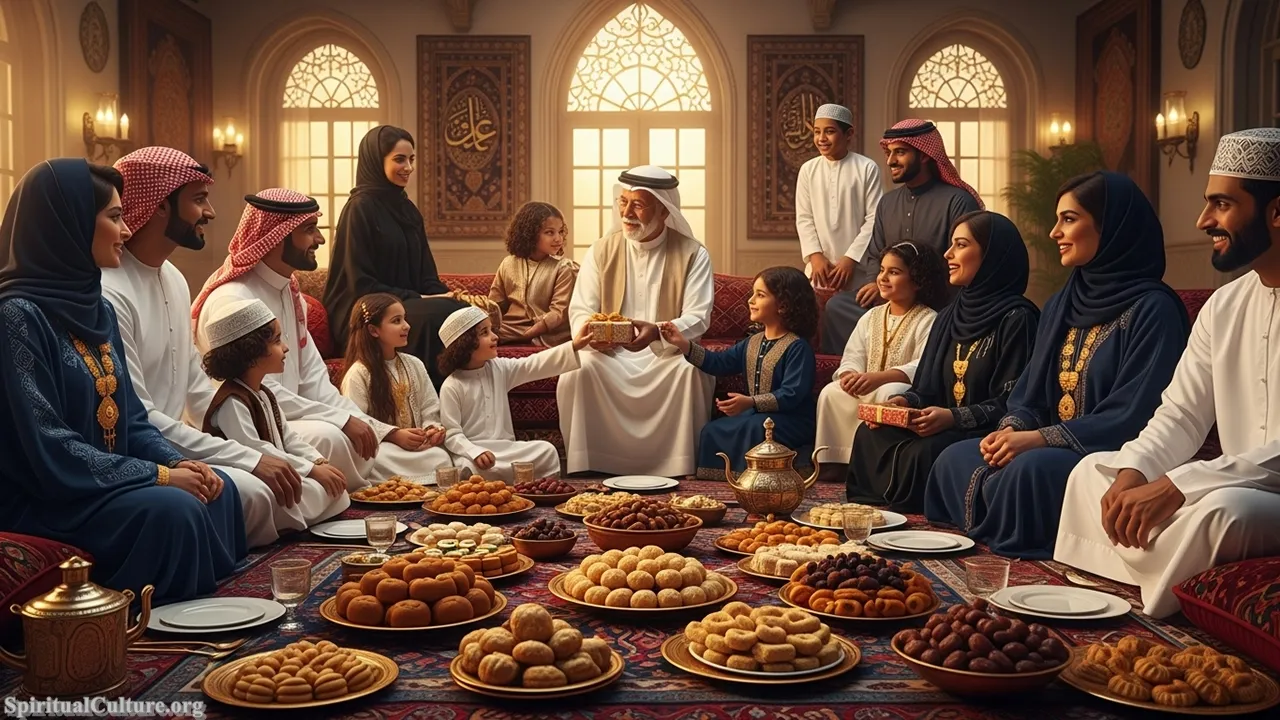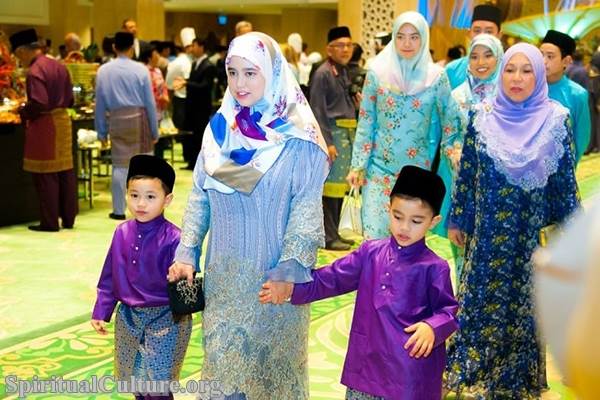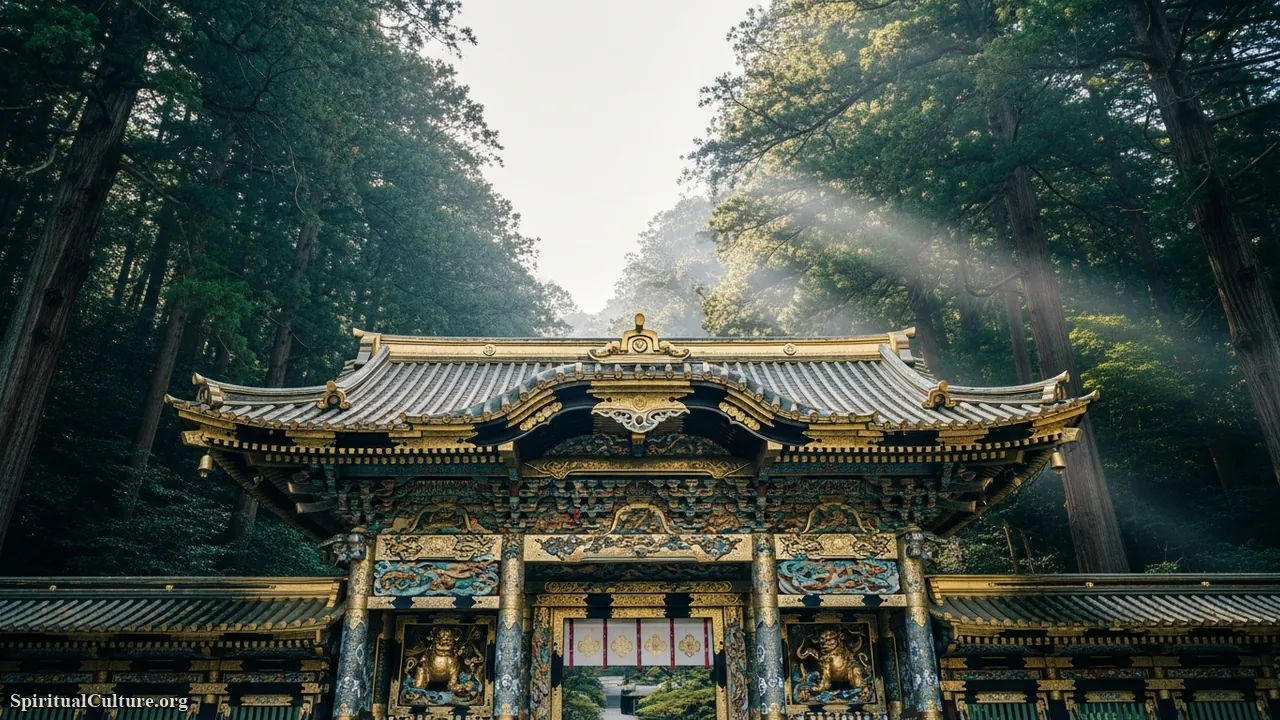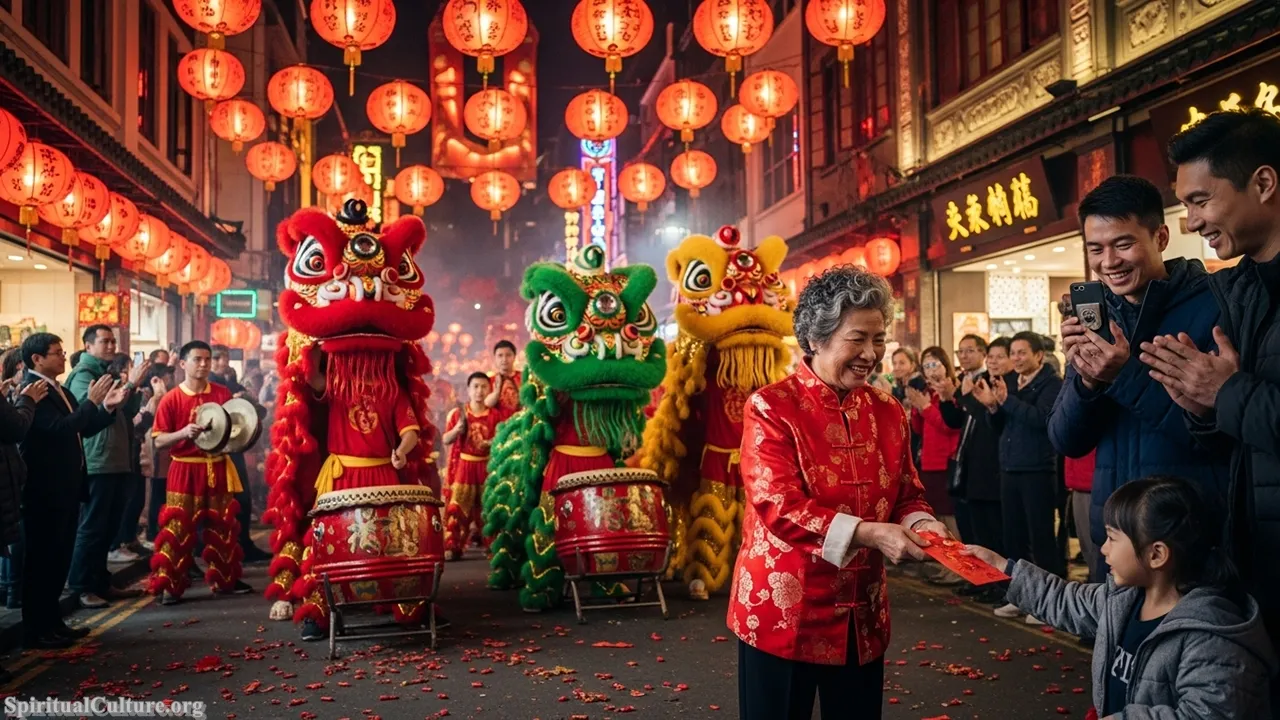Pakistan is a diverse and culturally rich country located in South Asia.
Pakistan has a long and storied history and has been influenced by various cultures and civilizations. The country was once home to the ancient Indus Valley Civilization and has been ruled by various empires and kingdoms, including the Mughals, the British, and others.
Pakistan’s culture is a blend of various cultural influences, including South Asian, Central Asian, Middle Eastern, and Western. The country has a rich and varied cultural heritage and diverse traditions, customs, and practices.
Pakistan’s culture is deeply rooted in its Islamic faith, and Islam plays a central role in the country’s social and cultural life. The country is home to several important Islamic holy sites, including the Kaaba in Mecca and the prophet Muhammad’s Mosque in Medina.
Pakistan is also home to several other religions, including Hinduism, Christianity, and Sikhism, and these religions have also had a significant influence on the country’s culture.
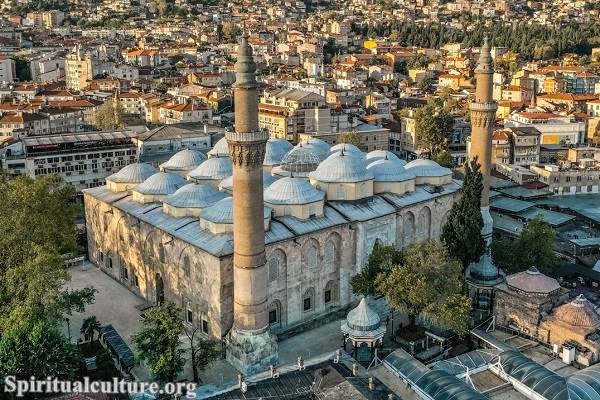
Pakistan’s culture is also influenced by its geography and climate. The country is home to several different regions, each with its own unique culture and traditions. The country’s mountainous terrain and varied climate also play a role in shaping its culture.
Pakistan has a rich and varied culture, and its people are known for their hospitality and warmth. The country is home to diverse cultural practices, including music, dance, art, literature, and food.
The official language of Pakistan is Urdu, which most of the population speaks. However, other languages are also spoken in the country, including English, Punjabi, Sindhi, Pashto, and Balochi.
Pakistani clothing is often colorful and vibrant and reflects the country’s cultural and religious traditions. The traditional dress for men is the shalwar kameez, a long tunic worn over loose pants. Women often wear the shalwar kameez or the sari, a long, draped garment worn over a skirt.
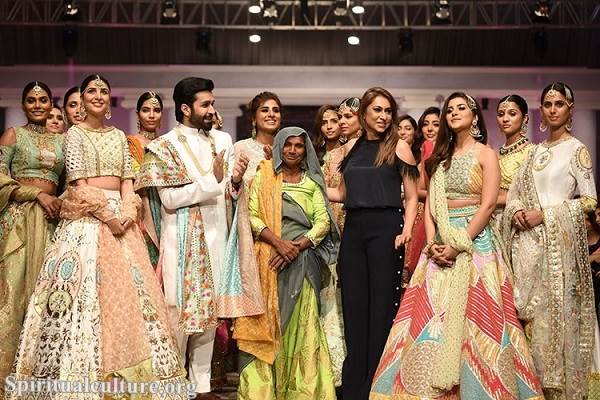
Pakistani cuisine is known for its flavorful and aromatic dishes, often made with various spices and herbs. Some popular dishes include biryani, kebabs, and curries. Tea is a popular beverage in Pakistan and is often served with meals or as a social drink.
Pakistan celebrates several important festivals and celebrations throughout the year. These include Eid al-Fitr, which marks the end of the month-long fast of Ramadan, and Eid al-Adha, which commemorates the willingness of Abraham to sacrifice his son for God. Other important festivals include Independence Day, which celebrates the country’s independence from British rule, and Pakistan Day, which marks the adoption of the country’s first constitution.
Pakistan has a rich tradition of art and literature, with several important writers, poets, and artists have emerged from the country. Pakistani literature covers various genres and styles, including poetry, fiction, and drama. Pakistani art covers various styles and mediums, including painting, sculpture, and crafts.
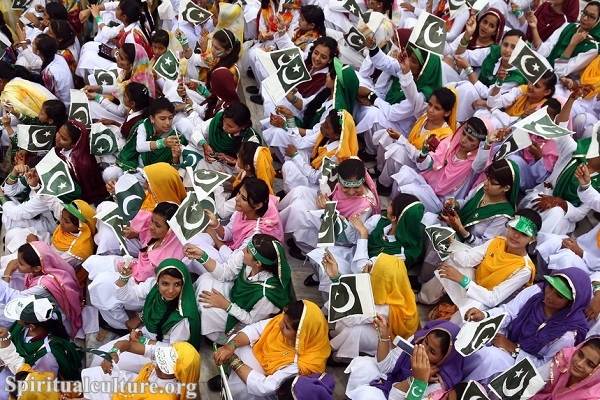
Pakistani music and dance are important to the country’s cultural heritage. Pakistani music covers various styles, including classical, folk, and popular. Popular instruments include the sitar, tabla, and harmonium. Pakistani dance is also diverse, with several different styles and traditions. These include traditional dances like the bhangra, which originated in the Punjab region, and the ghoomar, which is popular in the Rajasthan region.
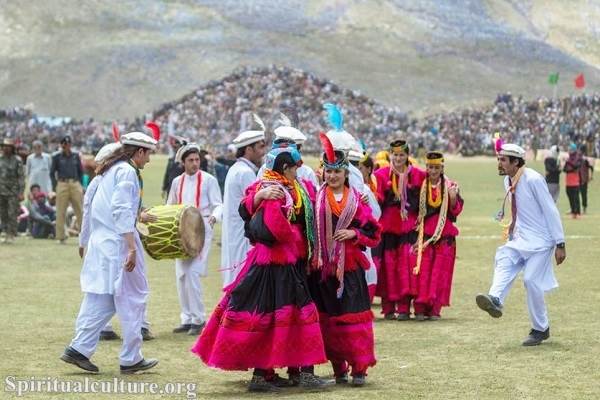
Cricket is the most popular sport in Pakistan, and the country has a national cricket team competing internationally. Other popular sports in Pakistan include field hockey, football, and squash.
Marriage is an important institution in Pakistani culture, and many families arrange marriages for their children. It is common for families to be large and extended, with multiple generations often living together. Respect for elders is an important part of Pakistani culture, and children are expected to show respect and obedience to their parents and elders.
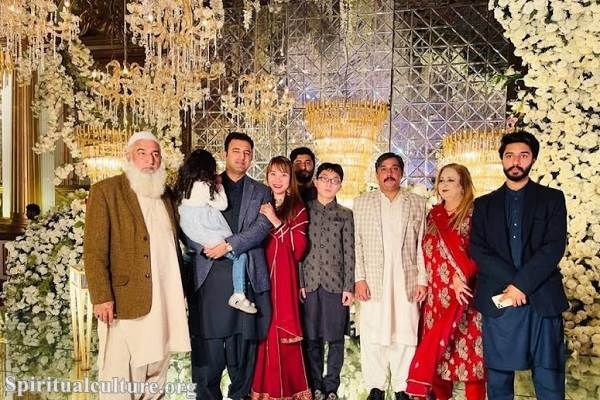
Education is highly valued in Pakistani culture, and many families strongly emphasize their children’s education. Pakistan has several universities and other higher education institutions, and the country has a high literacy rate.
In Pakistani culture, traditional gender roles are still quite pronounced, with men often occupying positions of power and authority and women taking on more domestic and caregiver roles. However, this is changing as more women in Pakistan pursue education and enter the workforce.
Pakistani culture is rich in customs and traditions, many of which are tied to the country’s Islamic faith. For example, it is common for people in Pakistan to follow the practice of hijab, which involves covering the head and chest with a veil or scarf.
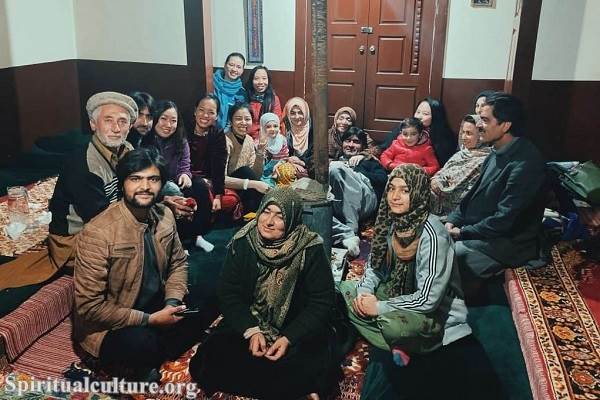
Other customs and traditions in Pakistan include the use of henna for body art and the practice of namaste, which involves placing the palms together in front of the chest in a gesture of greeting or respect.
Hospitality is an important part of Pakistani culture, and it is common for people in Pakistan to offer food and drink to guests. Removing one’s shoes before entering someone’s home is also customary. It is common for men and women to sit and eat separately in social situations.
